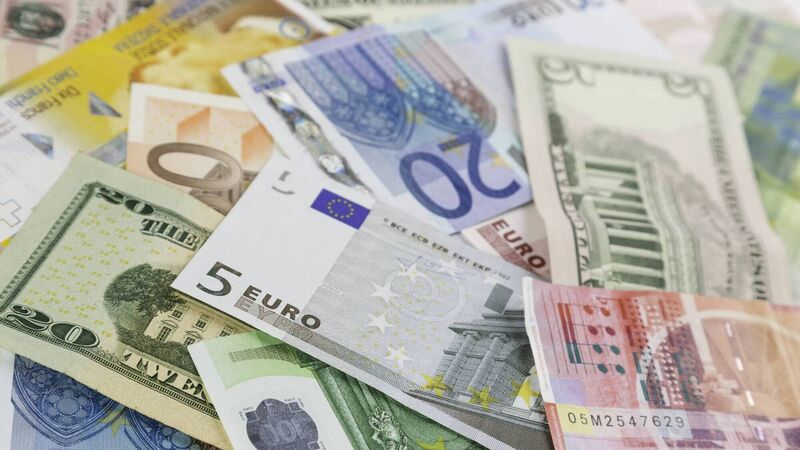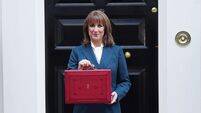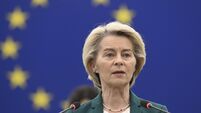Oliver Mangan: The dollar's strength is giving it a distinct advantage over other currencies

Traders have been testing the 20-year low of $1.04 for the euro in recent weeks.
The dollar has soared over the past year, climbing by 17% on a trade-weighted basis against a basket of peers. Higher rates are giving the dollar a distinct advantage over other currencies.
The Fed has been the most vocal of the main central banks on the need for significant monetary tightening to dampen inflation pressures. It is guiding that official rates in the US will need to rise to 3.75% by next year, which is far higher than what is being priced in for most other markets.
Ten-year Treasury yields have been trading as high as 3.5% recently, again well above the yields in other economies. Meanwhile, the Russian invasion of Ukraine, as well as the risk-off tone and volatile financial markets, have provided a further boost to the dollar this year on the back of safe-haven flows into the world’s largest reserve and most liquid currency.
The dollar is now at 20-year highs against the main currencies. It rose above ¥125 against the yen in April for the first time since 2003 and is currently trading at ¥135.
Meanwhile, traders have been testing the 20-year low of $1.04 for the euro in recent weeks. Sterling has also been testing its Brexit lows at around $1.20 recently. It has not fallen below this level on a sustained basis since 1985.
The US currency, then, is at exceptionally high levels at the present time. It is difficult to envisage any significant fall in the dollar over the second half of the year as it should be supported by a further sharp upward move in US interest rates to above 3% and relatively high US bond yields.
Markets also seem likely to remain volatile, pointing to continued safe-haven flows into the dollar. Geo-political risks are also likely to remain elevated, again helping the US currency.
From a euro viewpoint, the fact that the ECB is set to deliver significant rate hikes over the second half of 2022 should prove supportive of the currency, as should the ending of QE and the negative interest rate regime that has been in place since 2014. Thus, the key support level of $1.04 may continue to hold for the euro.
The yen, though, is continuing to weaken and is vulnerable to further falls, with the Bank of Japan maintaining its very accommodative policy, keeping rates negative while also engaging in large-scale QE to cap 10-year JGB yields at 0.25%. Widening interest rate differentials seem likely to keep downward pressure on the yen, as outflows continue into higher-yielding currencies.
Meantime, sterling faces a number of headwinds. The UK economy has lost considerable momentum since earlier in the year in the face of a tightening of fiscal and monetary policy as well as galloping inflation. GDP is set to contract in the second quarter.
Thus, there are clear downside risks for sterling which could come more to the fore if a weakening of the economy results in market rate hike expectations not being delivered on by the BoE.
- Oliver Mangan is Chief Economist with AIB











